


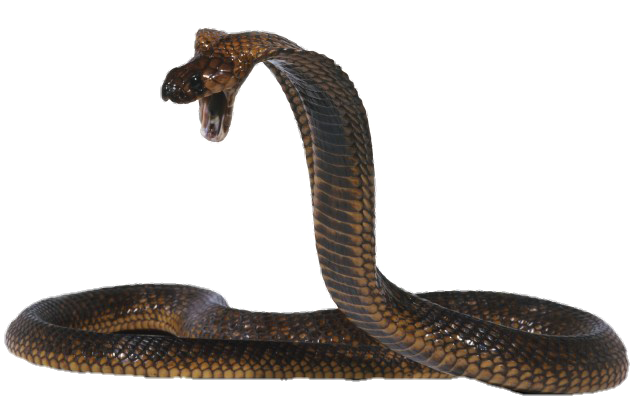




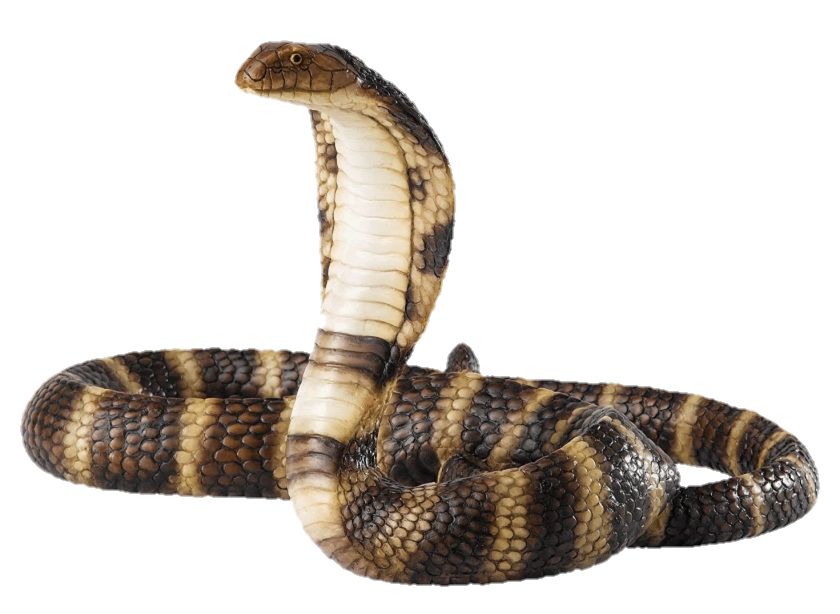







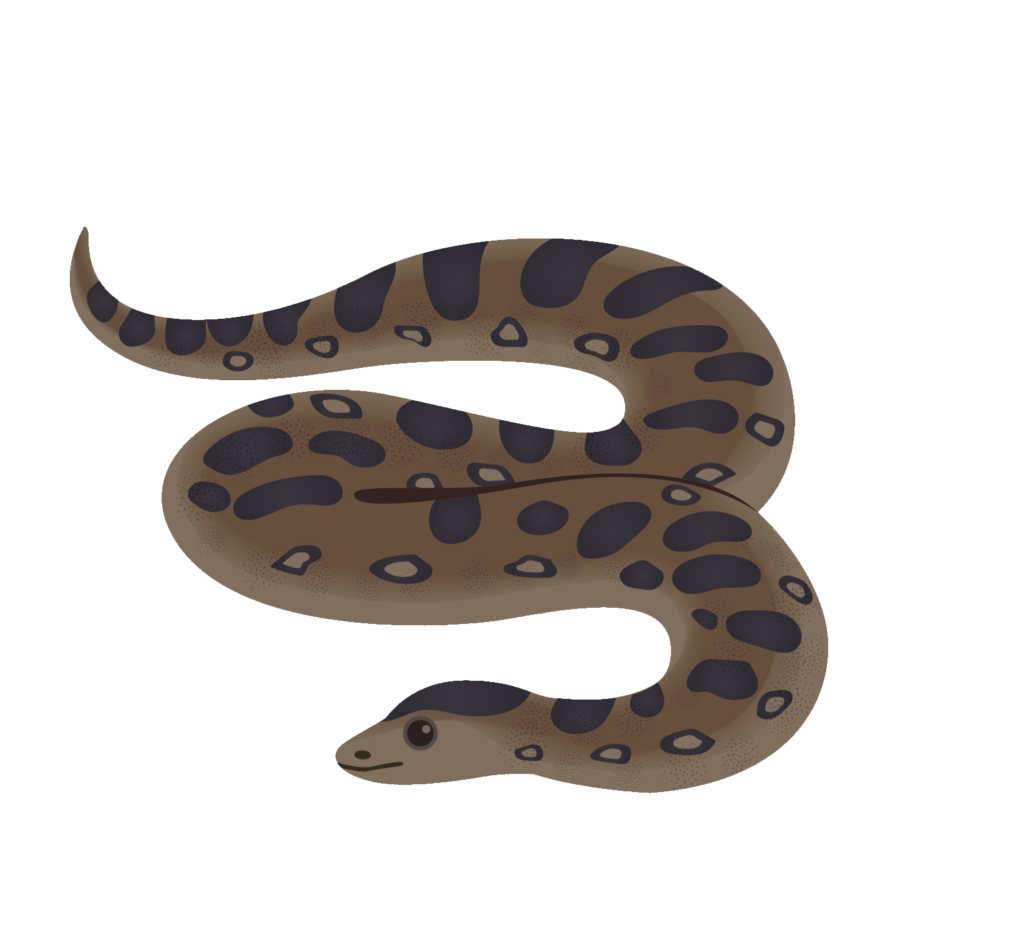


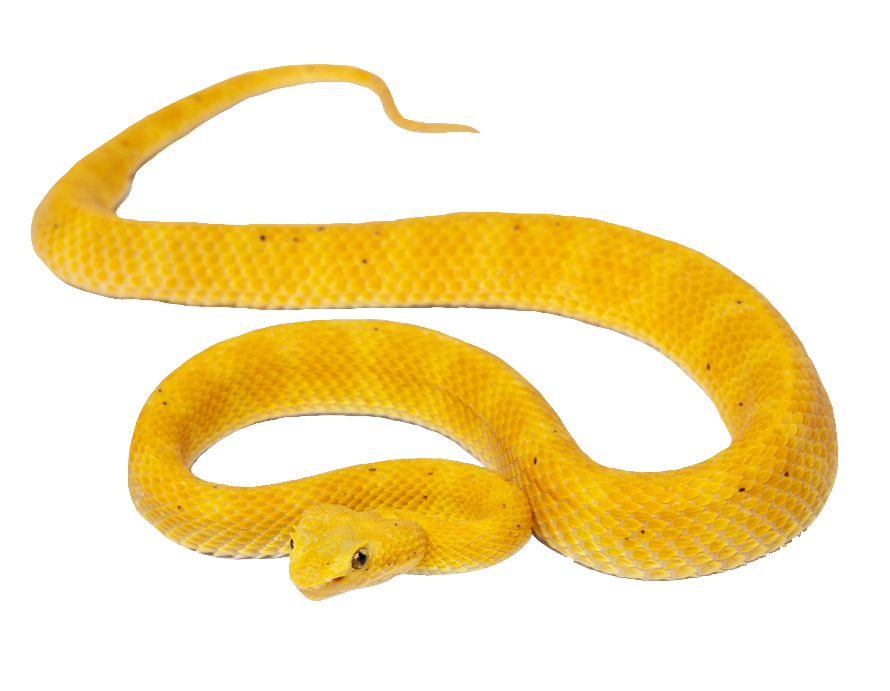

Snakes often evoke fascination and fear and occupy a unique and significant place in the animal kingdom. With their diverse species, distinctive features, and essential roles in ecosystems, snakes offer an intriguing subject of study that delves into the complexity of nature’s creations.
Snakes belong to the reptile class and are characterized by their elongated bodies, lack of limbs, and scales covering their skin. They come in various sizes, colors, and patterns, adapting to various habitats and climates worldwide. Snakes showcase remarkable diversity, from the miniature thread snake, barely longer than a pencil, to the awe-inspiring reticulated python stretching up to 30 feet.
One of the distinctive features of snakes is their method of locomotion. They rely on a combination of muscle contractions and the scale-covered belly to move across various terrains, demonstrating a unique form of adaptability to their environment.
Snakes hold crucial roles within the ecosystems they inhabit. As carnivores, they help control populations of rodents and other small mammals, preventing unchecked growth that could destabilize food chains. By regulating prey populations, snakes contribute to the balance of nature and the health of ecosystems.
Furthermore, snakes are also both predators and prey. They often form a critical link in the food chain, acting as prey for larger predators such as birds of prey, mammals, and other reptiles. Their presence ensures the flow of energy and resources throughout the ecosystem.
Throughout human history, snakes have held a unique place in culture, folklore, and religion. They have been revered and feared, symbolizing various emotions and concepts. The snake’s ability to shed its skin has been interpreted as a symbol of rebirth and renewal in many cultures. On the other hand, snakes have also inspired fear and caution due to their secretive nature, venomous species, and association with danger.
Religiously, snakes have been revered as symbols of wisdom, transformation, and healing. The serpent is often found in creation myths, such as the biblical story of Adam and Eve, where it represents temptation and knowledge.
Despite their ecological importance and cultural significance, many snake species face threats due to habitat loss, climate change, and human persecution. Misunderstandings about snakes often lead to unnecessary killings, even of non-venomous species that play crucial roles in maintaining ecosystems.
Conservation efforts are essential to ensure the survival of snake populations and their contributions to the natural world. Educating communities about the benefits of snakes and dispelling myths can foster coexistence and contribute to their protection.


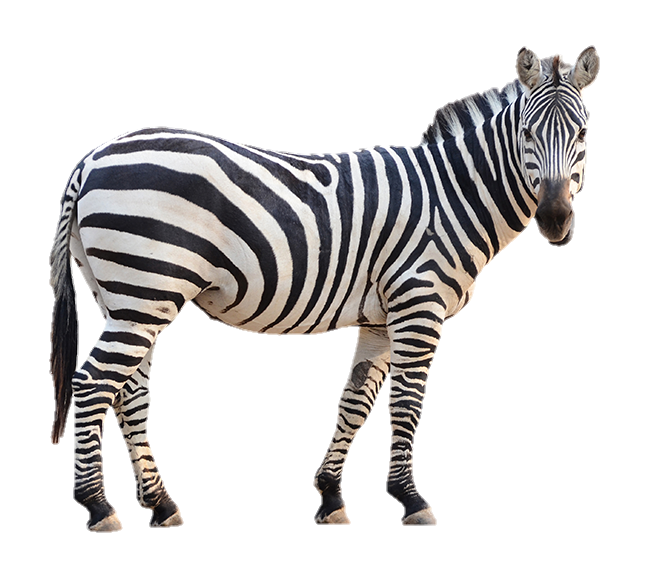


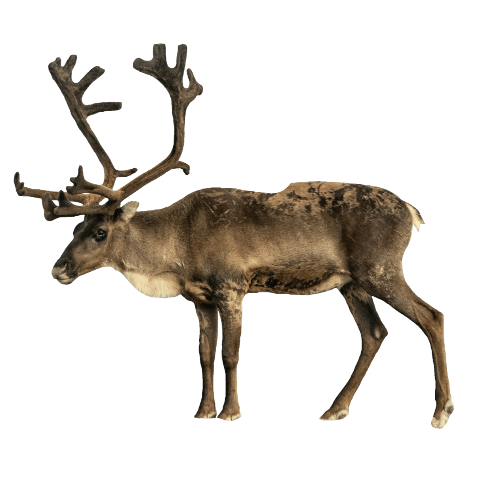
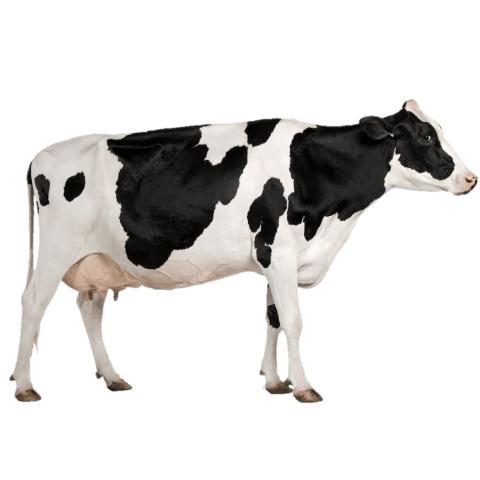
Leave a Comment
Instagram